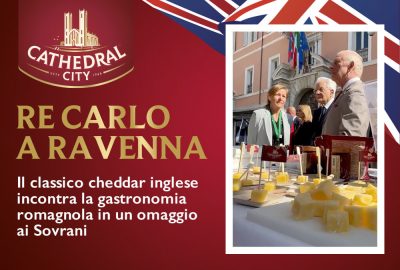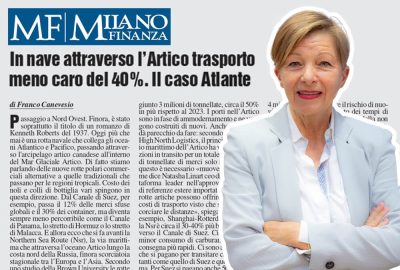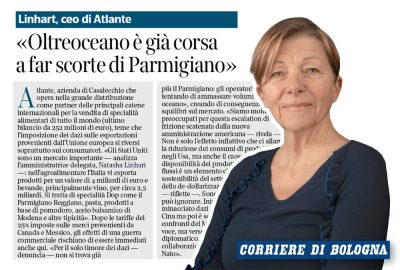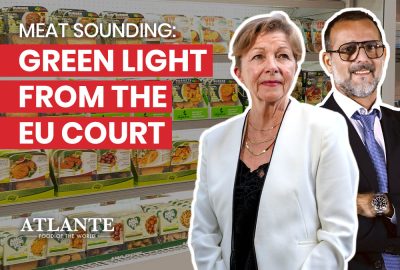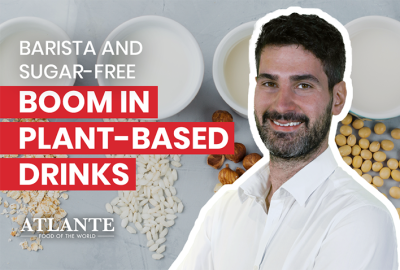Atlante
News
Atlante continues to grow in the international market: strategy and new objectives on QN Economia
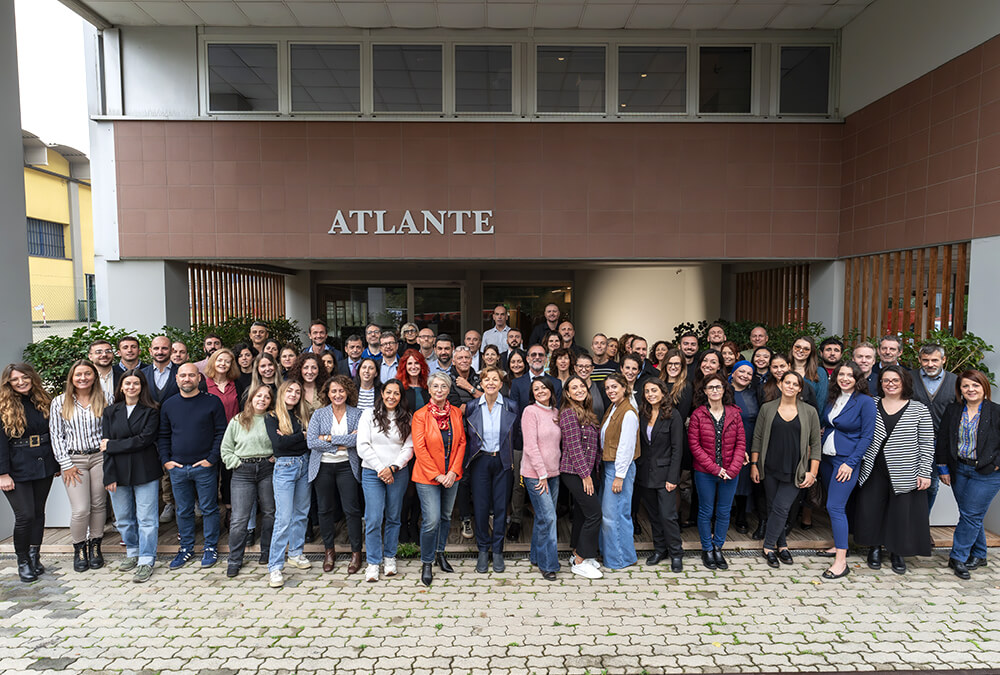
10 February 2025
Atlante continues to expand and strengthen its presence in the international market with a strategy focused on innovation and efficient supply chain management. QN Economia has dedicated an in-depth feature to the company, exploring its achievements and future objectives.
With a network of over 160 production sites, a catalogue of more than 2,000 products, and strong collaborations with 130 international clients, Atlante confirms itself as a key partner for large-scale distribution. The year 2024 closed with a turnover of €270 million, with the goal of reaching €300 million in 2025 and €330 million in 2026, consolidating its presence in strategic markets such as Japan, South Korea, and South Africa.
The QN Economia feature also analyses Atlante’s role in the global trade landscape, highlighting the company’s ability to anticipate market trends and flexibly address supply chain challenges. From raw material price volatility to climate change, Atlante continues to invest in innovative solutions to ensure quality and competitiveness for its partners.
Atlante: Rising Revenues. The Food Industry Resists Global Crises
“We are experiencing a revolution in globalisation.”
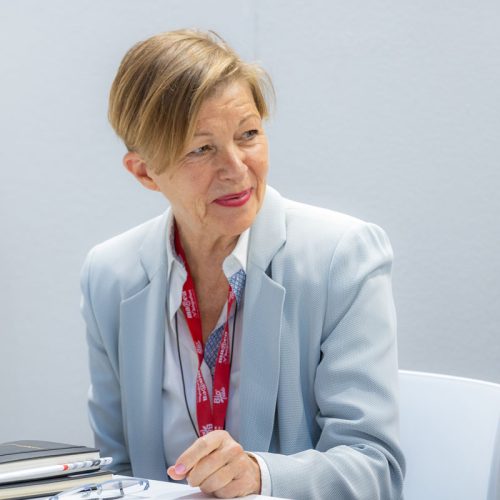
“We are experiencing a revolution in globalisation.” Natasha Linhart, CEO of Atlante, leads the company that is Italy’s exclusive distributor for a variety of international food brands. Thirty years after its foundation, the food company based in Casalecchio di Reno, Bologna, continues to grow with 160 production sites, 2,000 products, and 130 clients spread across various continents. Revenue is increasing, but global trade challenges remain ever-present. Conflicts on the doorstep of the European Union, soaring raw material prices, and production costs threatened by rising energy and wage expenses are just some of the variables that put pressure on the industry daily. “This is why planning is increasingly essential at every stage of the supply chain,” Linhart explains.
Your revenue is growing despite market challenges and international conflicts. What do you expect for 2025?
“Over the years, we have worked to earn the trust of our commercial partners, clients, and producers by sharing information and strategic decisions to address various challenges together. Part of our work is to propose solutions, and in recent years—whether due to conflicts, raw material price fluctuations, or supply chain disruptions—we have analysed and provided various strategies.
This has led to revenue growth with our clients and a strong interest from both Italian and foreign producers in working with us. We closed 2024 with €270 million in revenue, and our target for 2025 is €300 million. The plan for 2026 is to achieve further growth, reaching €330 million.”
How has the food market changed over the years?
“We talk about a pre-Covid and post-Covid era. The so-called ‘just-in-time’ system, in place before Covid—meaning total supply chain efficiency and price stability—no longer exists. We suddenly realised that ships could get stuck in the Suez Canal, disrupting global trade flows. We saw that wheat, sunflower oil, and many other commodities were no longer available due to the war in Ukraine. At the same time, we recognised that climate change could wipe out the availability of coffee or cocoa. Intensive olive farming in Andalusia or almond farming in California has led to desertification, with visible consequences. Meanwhile, tariff systems, used as protectionist measures, have sometimes backfired—take sugar as an example. Moreover, energy prices, which were not a concern in the past for many energy-intensive industries like pasta production, have now become a major issue. Today, one must be an expert in finance, understand complex agronomic concepts, and stay informed about global events. It takes courage. We consider ourselves allies to both our clients and producers. By taking a comprehensive view of the end-to-end supply chain, we can identify the best strategies.”
You aim to increase exports, reaching 50% of your total revenue. Which markets are you focusing on?
“We are passionate about Italian food and believe there are still many people worldwide who can appreciate it. Japan, South Korea, and the entire Southeast Asian region, as well as China, are key areas for us. In recent years, we have also begun supplying South Africa, where some of the most appreciated products are premium specialities, such as Piedmontese chocolate and unique pasta formats. The UK and Switzerland are countries we know well, and we still see great potential for growth there. In the UK, in 2025, we will participate in trade fairs and organise high-profile events with the support of the Italian embassy and cultural institute. These events will combine art, music, and Italian food to showcase its true value.”
Who are Italy’s main competitors in the food sector?
“Wherever we go and present our range of pasta, tomato-based products, appetisers, and olive oil, we face strong competition from Turkey. Turkey is highly competitive and produces high-quality goods, even in packaging materials. In the fresh produce sector—where we export Italian apples and kiwis to India—we often find ourselves competing on price with Poland. We strive to emphasise quality, particularly from our Trentino region, but price remains a crucial factor in today’s market.”
Congested ports, rising fuel and electricity costs—how difficult has trade become in today’s supposedly globalised world?
“The supply chain is a challenge we face daily, not only due to wild fluctuations in shipping costs but also because of service unpredictability. This forces us to revise stock levels, reassess the geographical origins of products, plan much further in advance, and closely monitor financial flows.”
How much is climate change affecting raw materials and food production?“This is perhaps the most significant issue of all. We closely monitor raw material trends and see that in many cases, climate factors are causing serious disruptions. However, we must also be careful not to blame everything on climate change when, in reality, harmful agricultural practices are damaging our planet just as much.”

